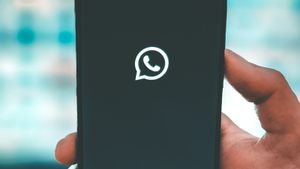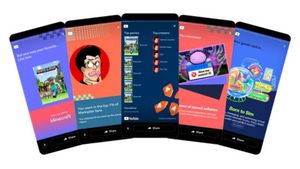Google scientists have developed a new approach in monitoring heart rate using earbuds with audioplethysmography (APG) technology. This technology uses ultrasonic waves to measure heart rate. They managed to achieve this with commercially available active noise-cancelling (ANC) earbuds and software updates.
The way it works is to reflect a low-intensity ultrasonic signal into the earline and use a small microphone that helps ANC to detect skin surface changes as blood flows through it.
According to the researchers, this technique is "resilient" even with poor ear Seals, different earline sizes, or darker skin tones. This is important because the accuracy of the heart rate in the skin is dark or with tattoos has become a continuous problem in smartwatches and other wearable devices.
Google researchers also found that this ultrasonic approach worked well while music was playing, but had problems in noisy environments, and "the APG signal can sometimes be very noisy and highly disturbed by body movement." However, they found that movement issues could be overcome by using some frequencies and taking the most accurate signals between them.
VOIR éGALEMENT:
In addition to using commercially available earbuds, the researchers also used prototypes made specifically to test microphone placement. Field studies were conducted with 153 participants. The researchers say the median error rate for heart rate and heart rate variability are 3.21 percent and 2.70 percent, respectively.
Although earbuds for heart rate monitoring have been around for a long time, they use the PPG approach and can be very sensitive to intense movement or mismatched installation.
Keep in mind that this is just a study and hasn't indicated that Google will soon release earbuds capable of doing this (or updating your Pixel Buds Pro to do so). However, it illustrates the company's ideas as they focus more on the realm of wearable devices. If you want to read Google's studies in detail, you can download them on Google sites.
The English, Chinese, Japanese, Arabic, and French versions are automatically generated by the AI. So there may still be inaccuracies in translating, please always see Indonesian as our main language. (system supported by DigitalSiber.id)


















